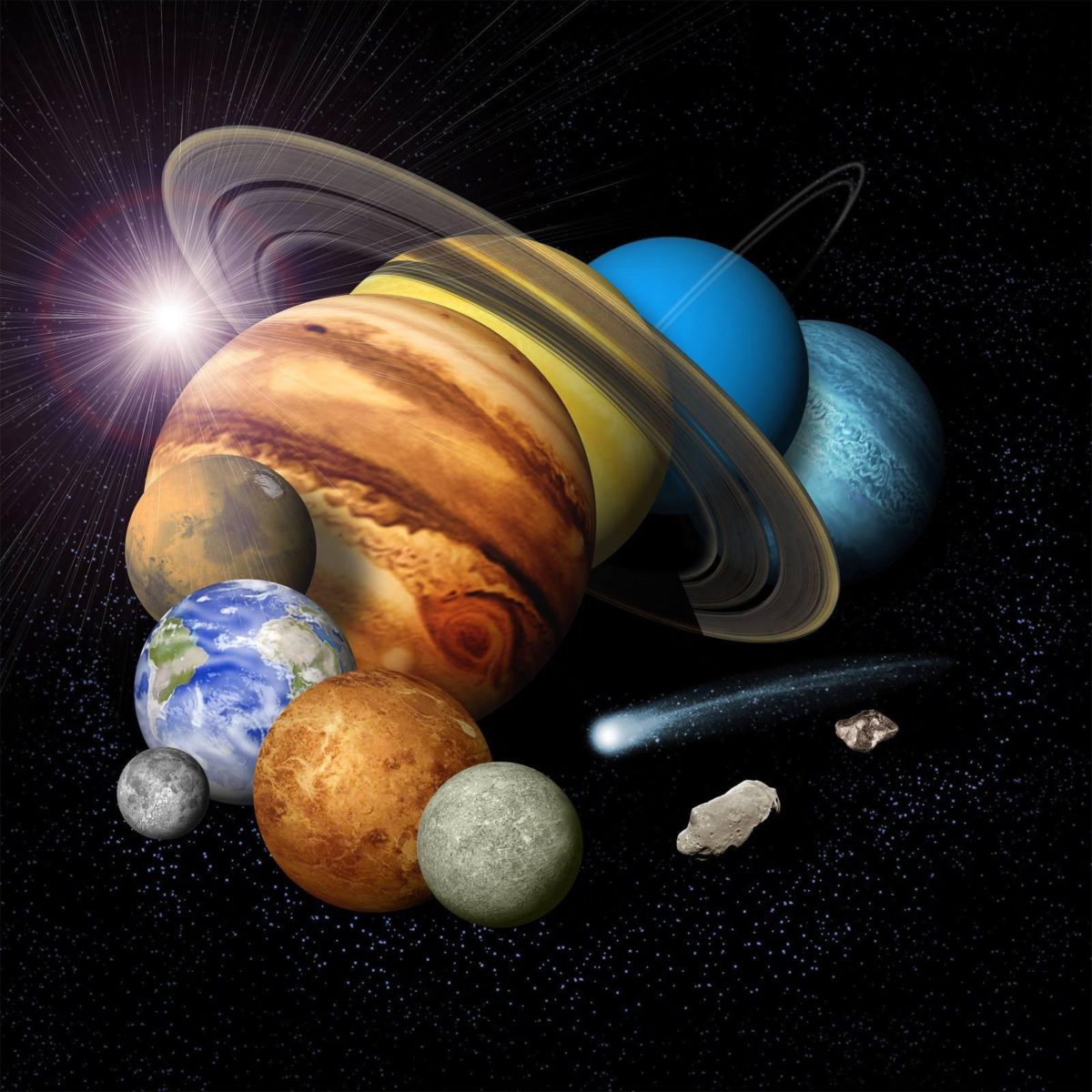The National Aeronautics and Space Administration (NASA)
What does NASA do?
NASA works to understand and explore space for all humankind. It guides how the United States builds a future beyond Earth, invents new ways to access space, performs scientific and technological research, and launches both crewed and robotic missions to explore the Cosmos.
As a civilian agency of the U.S. government, NASA is not responsible for anything military or involving national security. Instead, NASA’s main priorities are related to human spaceflight, robotic space exploration, aeronautics, space science, and engineering.
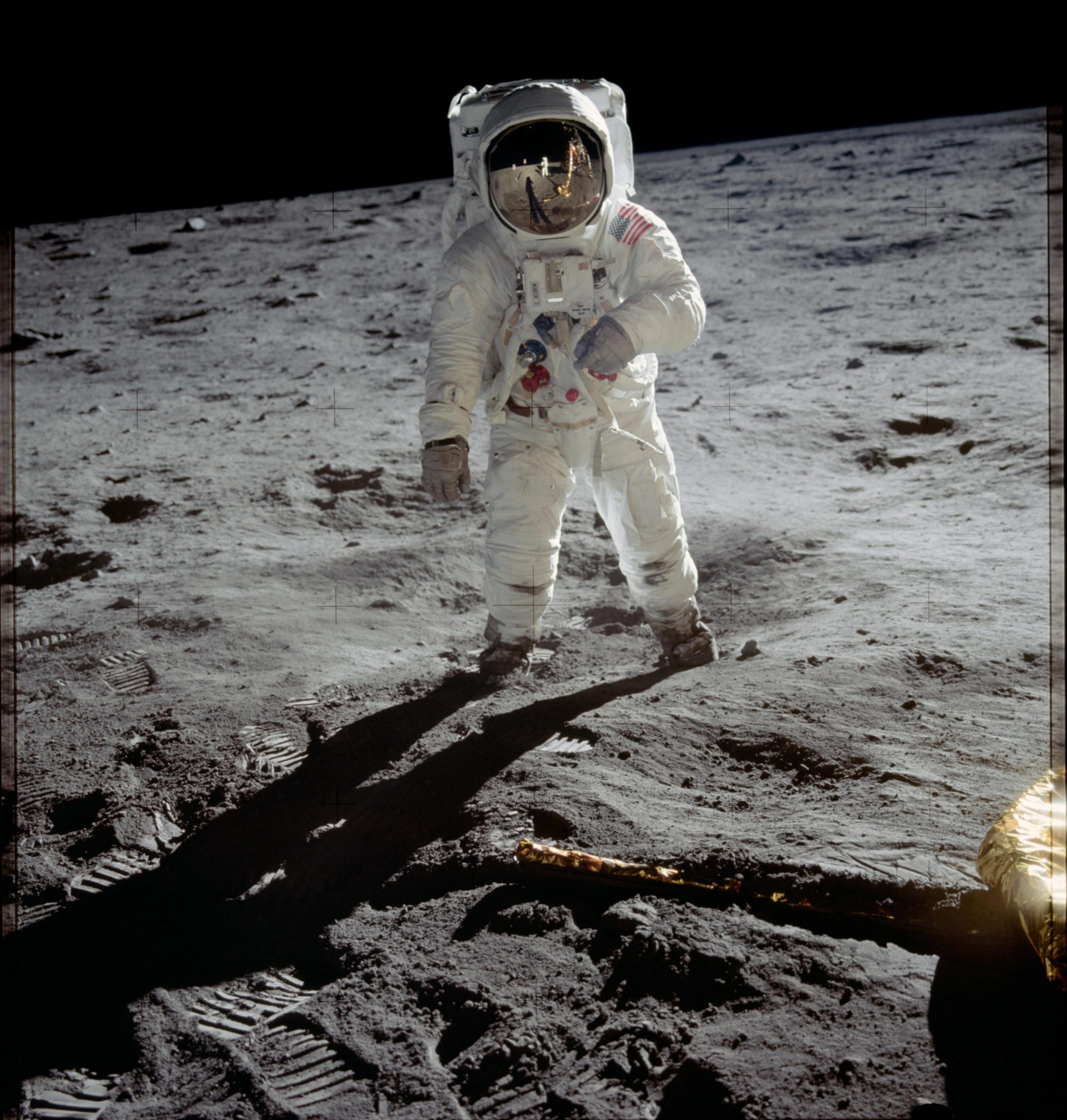
NASA is a leader in humanity’s search for life elsewhere in the Universe. It launches probes to explore other worlds throughout the Solar System, and it operates space telescopes to answer basic questions about the Universe. The agency develops new launch vehicles and spacecraft, sends astronauts to conduct research aboard the International Space Station (ISS), and helps defend Earth from potentially dangerous asteroids and solar storms.
NASA plans to put humans back on the Moon in the late 2020s. This mission, called Artemis III, will inaugurate a new era of sustained, international lunar exploration through the agency’s leadership. Farther from Earth, NASA is operating multiple rovers advancing what we know about Mars and its possibility of hosting life. A future mission will go even further by bringing back material from Mars to Earth. In a huge step forward for the search for life beyond Earth, NASA is also sending probes to explore the mysteries of Venus and Saturn’s potentially habitable moon Titan. A mission to Jupiter’s moon Europa, which may also host life, is already on its way.
Closer to home, NASA plays a key role in developing a spaceflight economy where commercial providers can help increase access to space. NASA also collects data on our planet from space, informing our understanding of Earth and how it is being affected by climate change.

What has NASA accomplished?
NASA has:
- Landed 12 people on the Moon over the course of six Apollo missions, fundamentally changing humanity’s relationship with the Cosmos
- Sent over 80 probes into space that have collectively visited every planet in the Solar System as well as dozens of moons, asteroids, and comets
- Built the Skylab space station and led the development of the International Space Station
- Invented the Space Shuttle, the world’s first reusable spacecraft, and flown it over 100 times
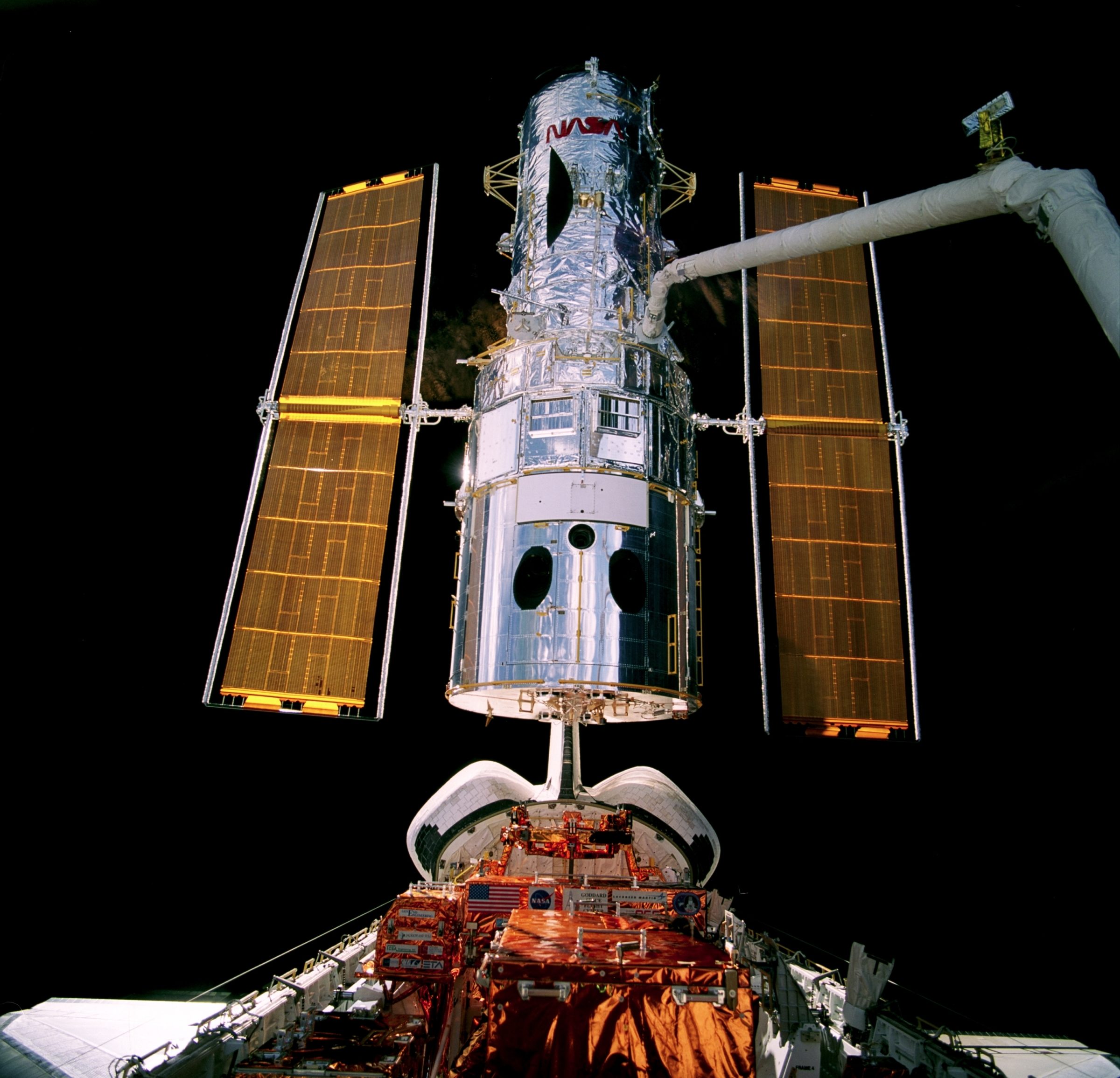
- Led the construction of the Hubble Space Telescope, the James Webb Space Telescope, and over 100 other space telescopes that have opened new views into the Universe
- Landed on asteroids and comets and brought back samples
- Crashed into an asteroid on purpose to test planetary defense technology
- Driven rovers and flown a helicopter over the surface of Mars
- Launched over 50 satellites to observe the Earth and its climate
- Provided crucial early support to private companies like SpaceX
- Creates about three times more money for the U.S. economy than is put into it, every year
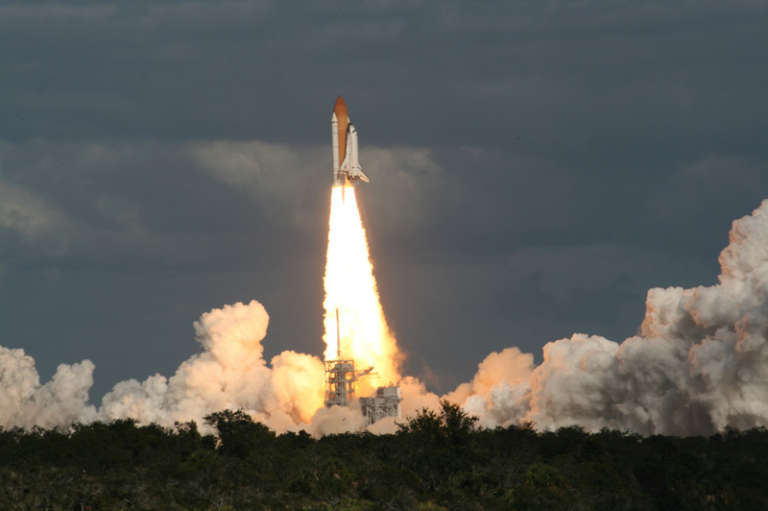
How does NASA work?
NASA pushes the frontier of space science and exploration through its own capabilities and through outside partnerships. The agency employs seventeen thousand people in over a dozen facilities across the country. At the same time, it contracts with businesses and private institutions to develop cutting-edge technologies.
How big is NASA? NASA is the largest and most capable space agency in the world. Though some public space organizations have more employees, NASA holds the record for most human spaceflight and space science missions launched. The agency’s budget is about three times that of the second-largest purely civilian space organization, the European Space Agency (ESA).
Internally, NASA makes discoveries and inventions that have laid the foundation for much of humanity’s current presence in space, including the satellite networks crucial to modern society and the rocketry needed to launch them. NASA often does the sort of fundamental science that pays off too slowly to attract private investment, but which is transformational once developed.
Externally, NASA advances space technology by investing in private companies that offer complementary approaches to space. Most of NASA’s budget is spent on contracts with private institutions and companies to supply everything from custom materials and components to entire launch vehicles and spacecraft. SpaceX’s extremely successful Falcon 9 rocket, for example, had about half of its development costs paid for by NASA. At one point, SpaceX would probably have gone bankrupt if it weren’t for a NASA contract to fly cargo to the ISS.
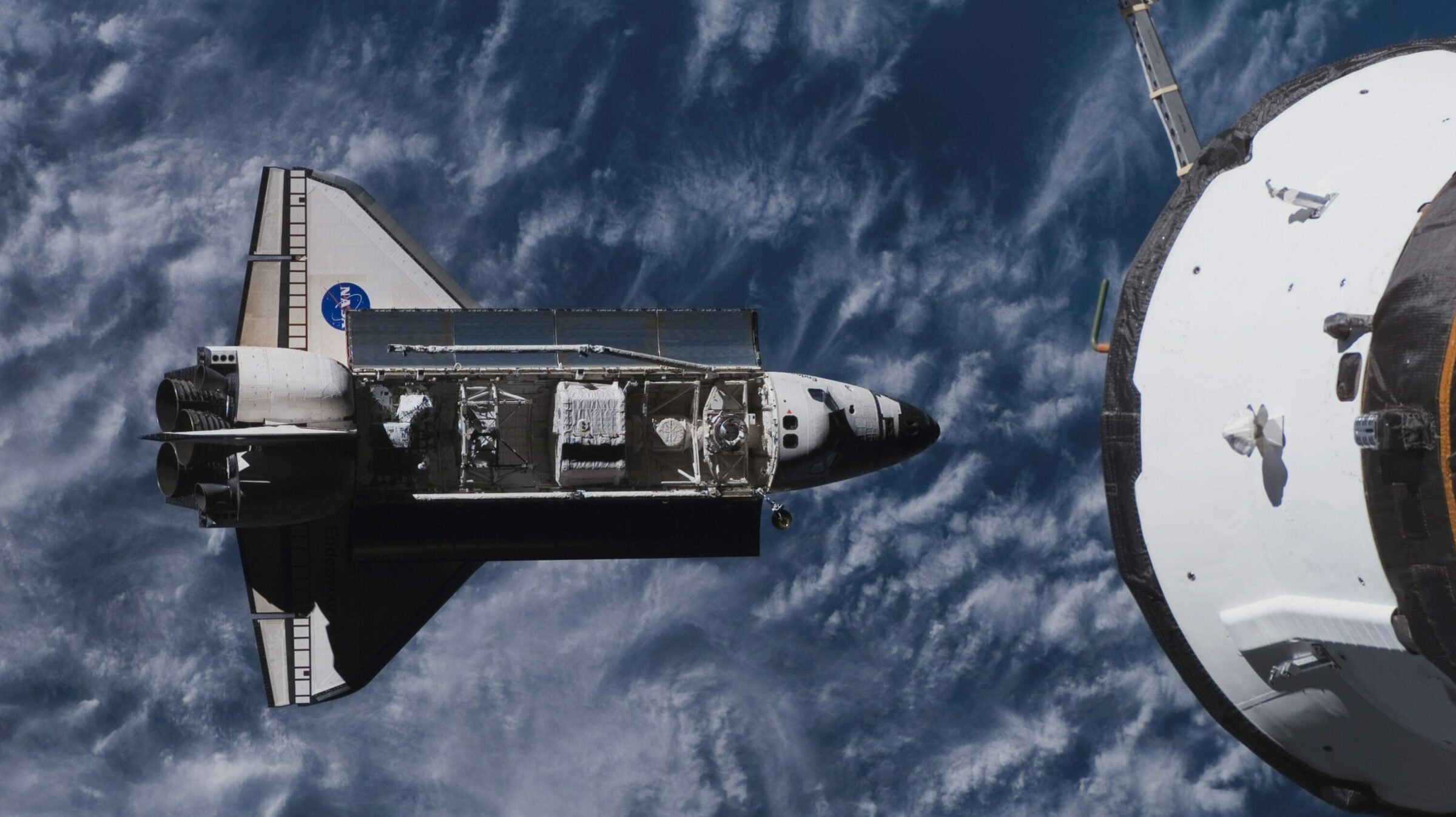
Okay, but who makes the decisions?
What NASA does, and how NASA does it, gets decided through several democratic channels. The agency is a part of the executive branch of the U.S. government, and the President appoints the leader of NASA, called its administrator, who is subject to Senate approval. The agency’s scientific priorities are guided by the Decadal Surveys drafted by scientists on behalf of the National Academies of Sciences, Engineering, and Medicine. The White House proposes annual funding amounts and sets space exploration objectives.
Ultimately, Congress is responsible for NASA’s activities and budget. That means grassroots advocacy efforts, like those The Planetary Society leads, can shape NASA’s future. By showing elected representatives that space science and exploration are important to their constituents, by encouraging Members of Congress to join the Planetary Science Caucus, and by participating in our annual Day of Action, members of The Planetary Society have helped keep NASA missions on the launchpad.

NASA can:
- Build and operate its own satellites
- Build its own launch vehicles
- Build human-rated spacecraft
- Provide commercial launch services
- Launch humans into space
- Perform space science missions
How did NASA get started?
NASA was officially created when President Dwight Eisenhower signed the Space Act into law on July 29, 1958. The agency began operations on October 1st, 1958.
Almost exactly one year earlier, the Soviet Union had launched Sputnik, the world’s first artificial satellite. Leaders in the United States government were concerned that this meant the U.S. was falling behind in scientific and technological development, especially in ways that could prove important to the outcome of the Cold War.
NASA was established to unify and spearhead U.S. efforts in space and aeronautics. But unlike other space organizations, NASA was dedicated solely to peaceful civilian space activities. In part, this was a way to develop space technology without raising Cold War tensions. The result is an agency dedicated to expanding humanity’s knowledge of space, collaborating with other nations, and improving humankind’s ability to access space for the common welfare of everyone on Earth.
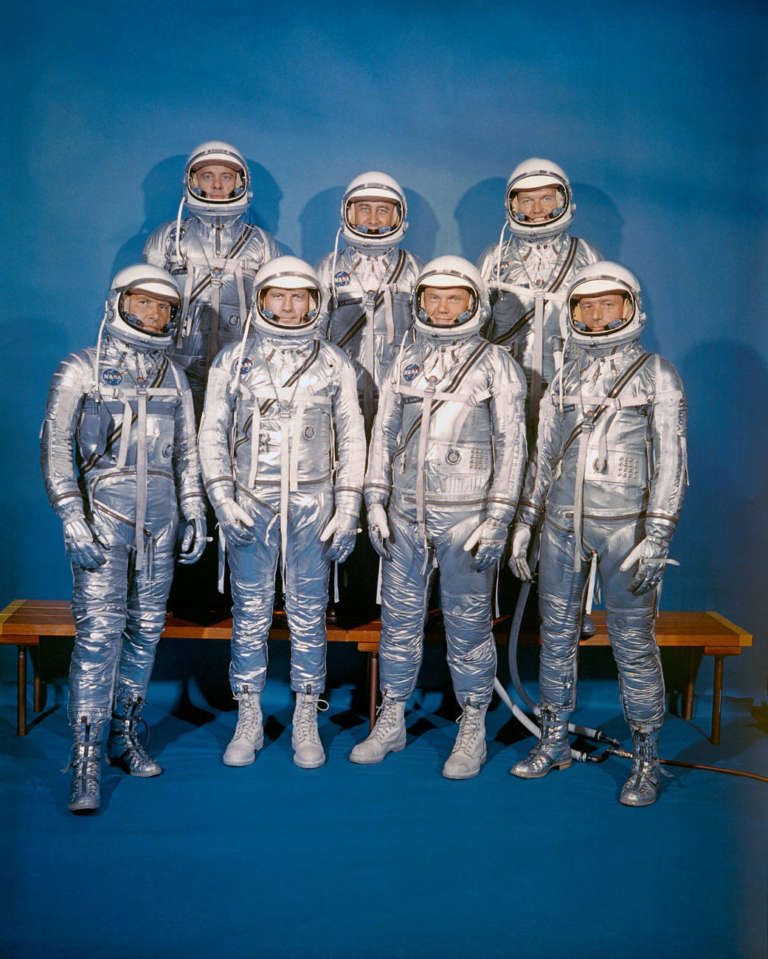
The U.S. government initially assembled NASA by transferring programs and resources from other agencies. The National Advisory Committee for Aeronautics (NACA), a public organization dedicated to basic research, served as NASA’s basic foundation. Then the Jet Propulsion Laboratory at the California Institute of Technology came under its jurisdiction, too.
NASA grew even further under President John F. Kennedy. The U.S. began investing more in NASA’s human spaceflight programs, and over the course of the 1960s, NASA began to take its modern shape. Just a little over 10 years after the agency was created, it made history by landing men on the Moon.
NASA's budget by major program. Source: Space Policy Online FY2020 Fact Sheet.
The embargo has just been lifted on the National Research Council's
With its mission at Tempel 1 over, the Deep Impact spacecraft has altered its course in order to allow a future mission at another comet.


 Explore Worlds
Explore Worlds Find Life
Find Life Defend Earth
Defend Earth



